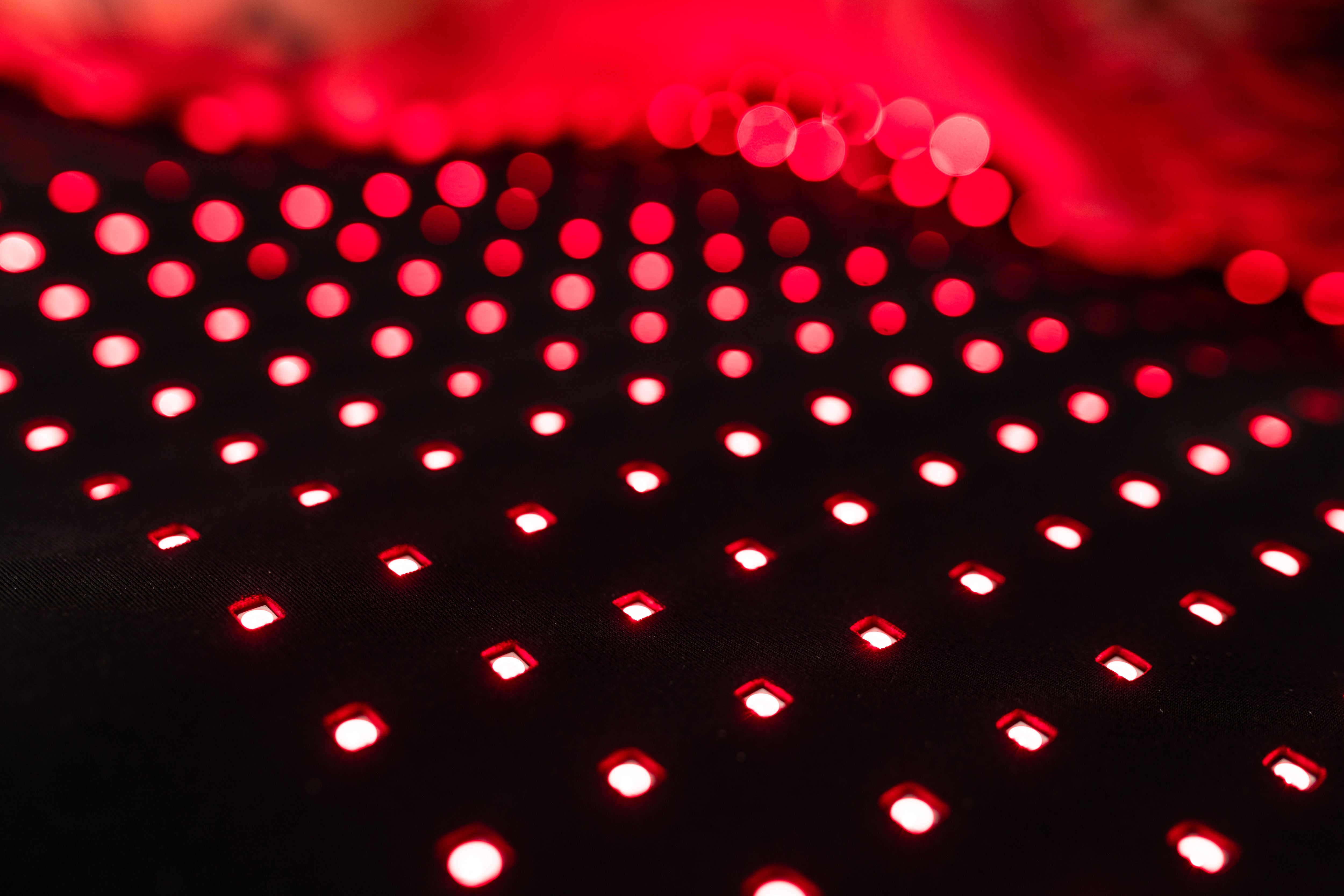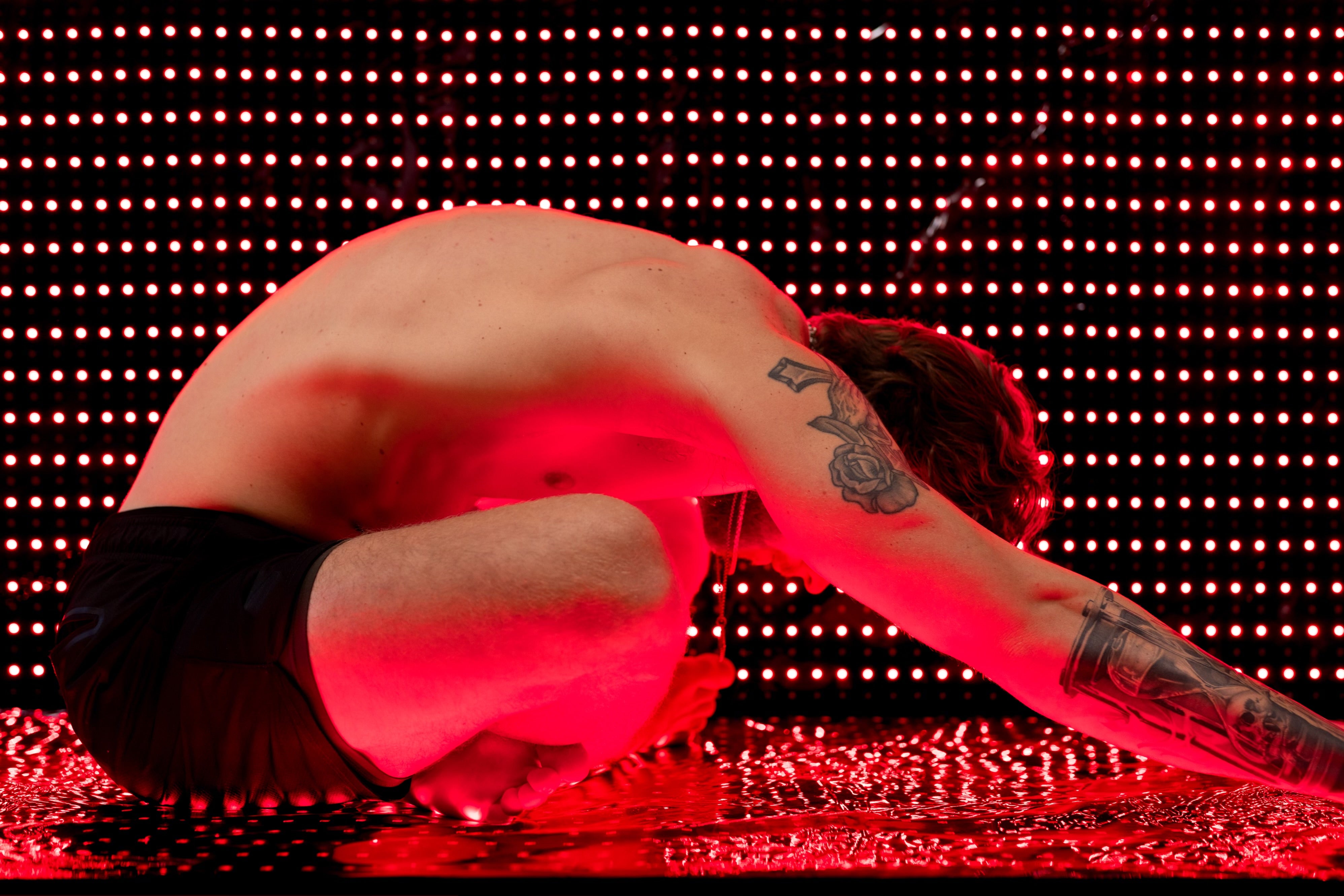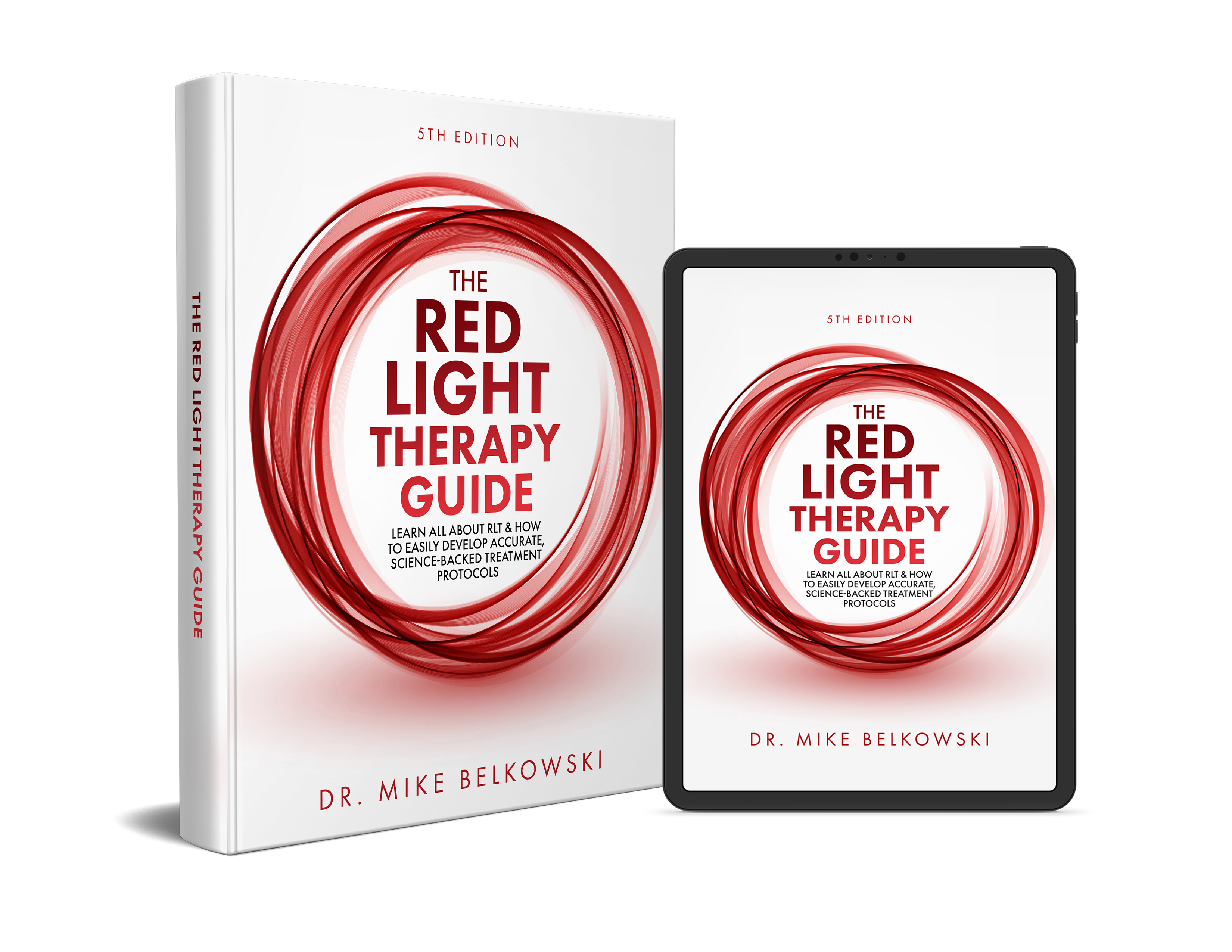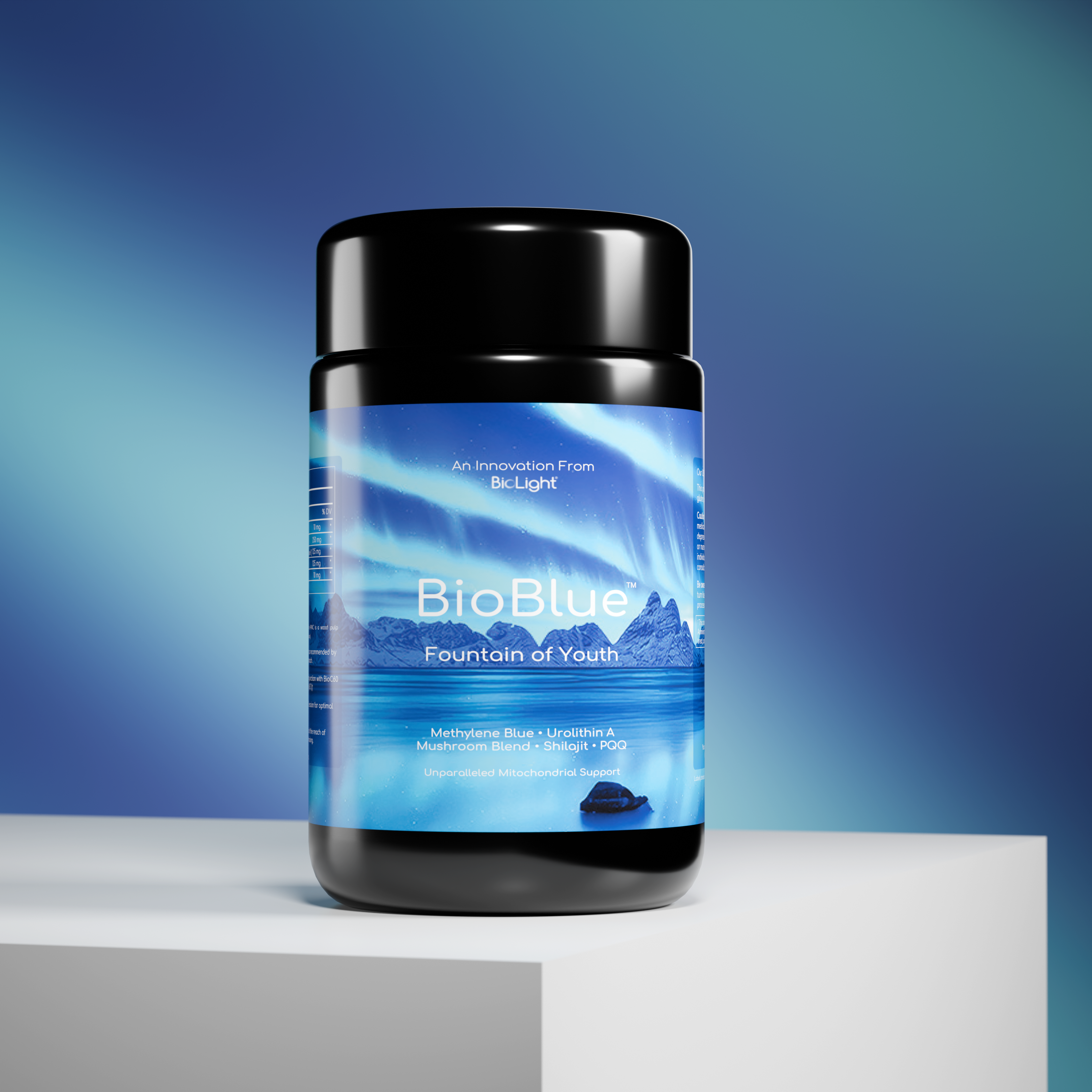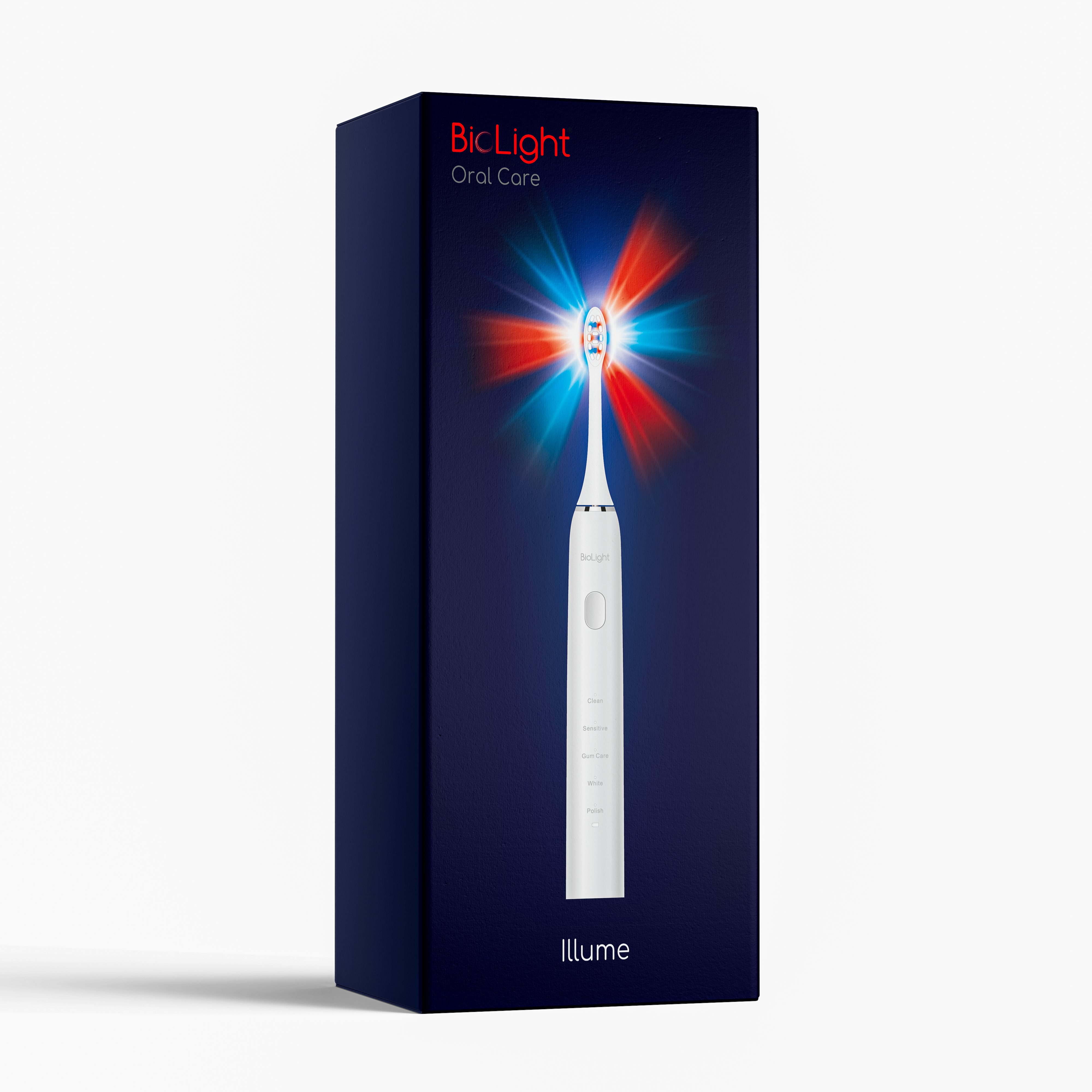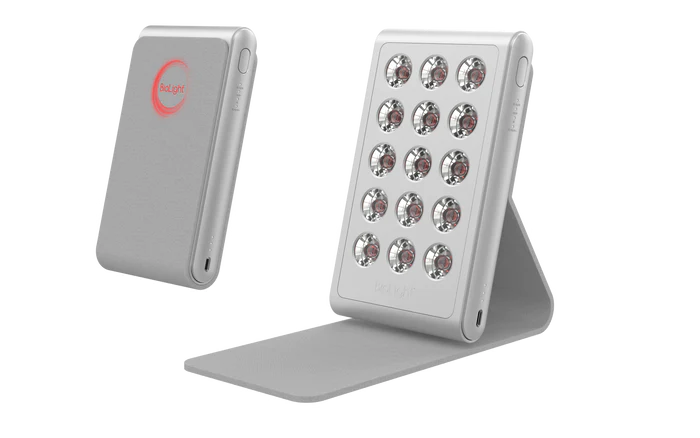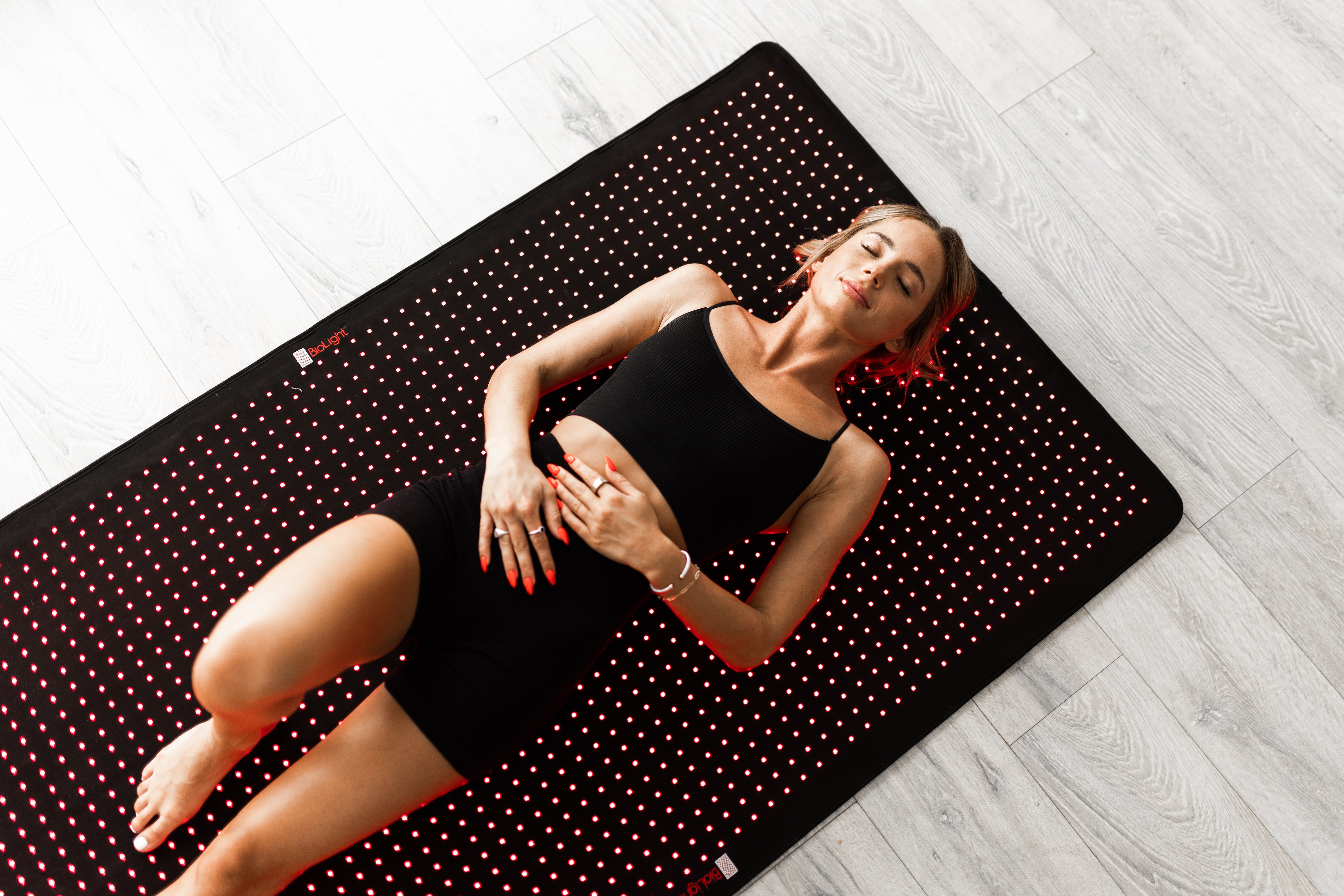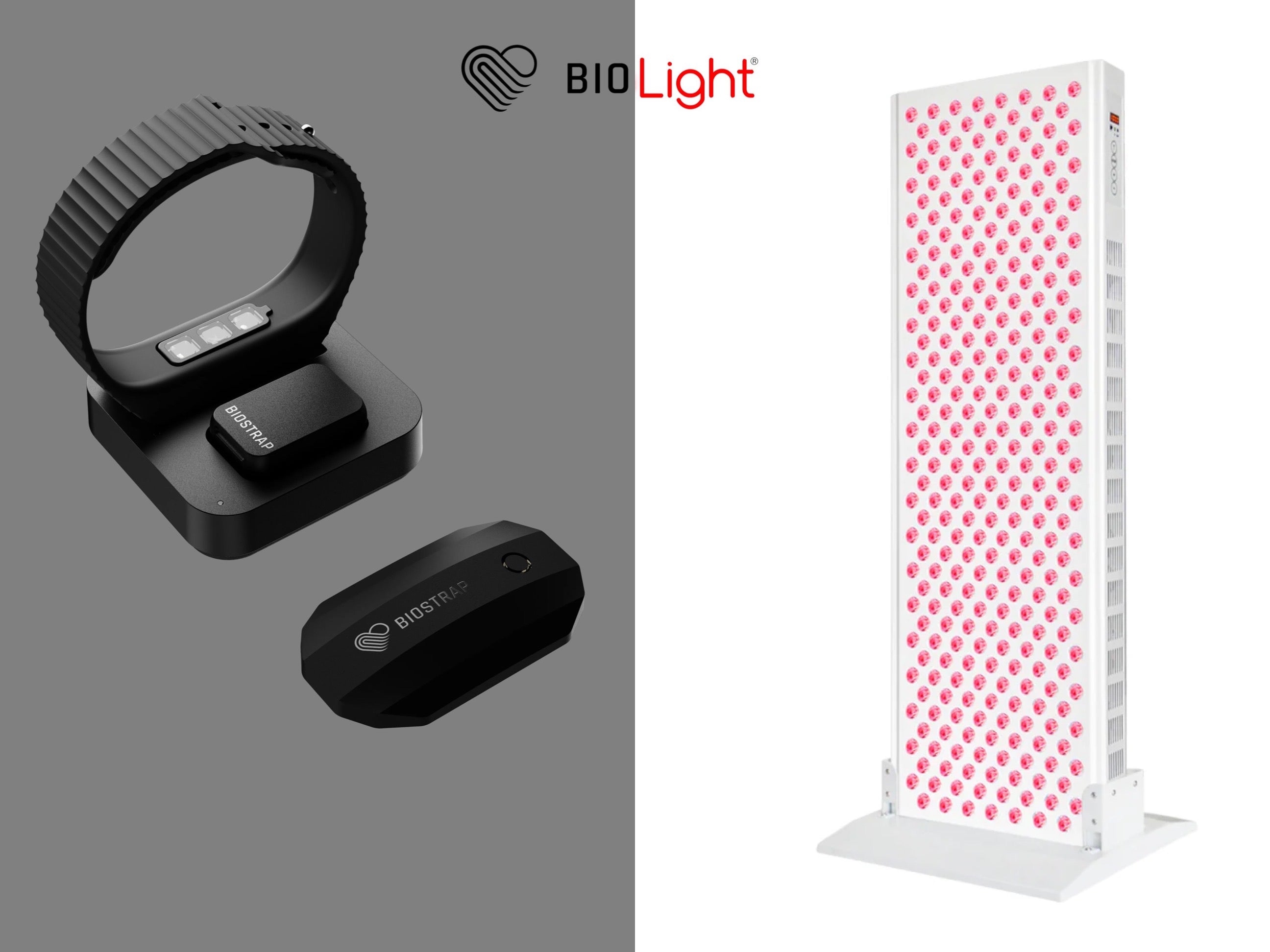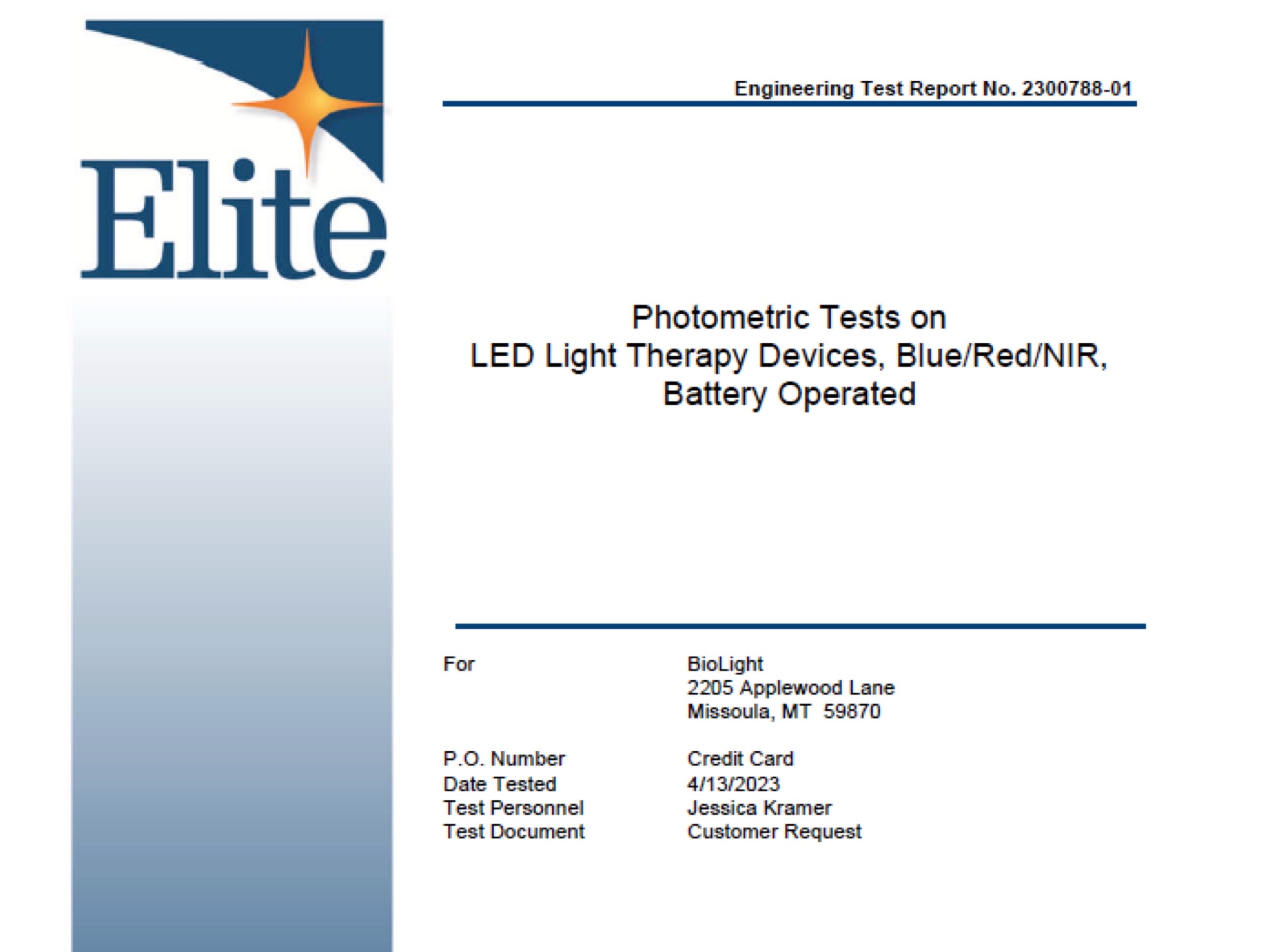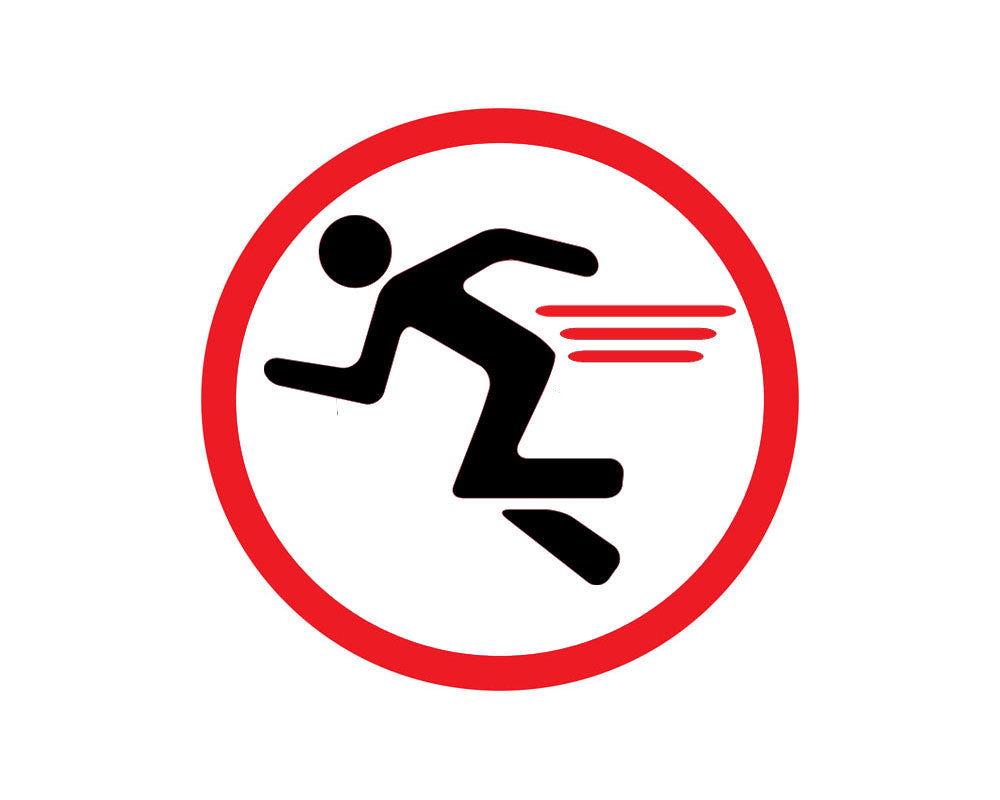How Does Red Light Therapy Help?
A recent review of all existing studies with red/near-infrared light therapy (RLT) on anxiety and depression disorders demonstrates that RLT offers a "promising treatment" for major depressive disorder, anxiety, suicidal ideation, traumatic brain injury and post-traumatic stress disorder.
Some of the proposed mechanisms by which RLT can help are by boosting mitochondrial health, improving blood flow to the brain, reducing inflammation and reactive oxygen species, improving antioxidant systems, enhancing neural growth factors and improving neuronal energy levels.

Tell me more...
There are several accredited theories as to the pathophysiology of depression and anxiety:
-
Mitochondrial dysfunction (contributes to the development of depression and anxiety by impairing neurogenesis, neuronal transmission, and synaptic plasticity necessary for successful adaptation to stressful conditions. Therefore, approaches targeting mitochondrial dysfunction may represent a potential avenue for preventing depression, anxiety)
-
Neurotransmitter imbalance (the monoamine-deficiency hypothesis proposes that depression results as a consequence of an imbalance and deficiency in serotonin, dopamine, & noradrenaline in the central nervous system [CNS]; imbalance of GABA, leading to over- or under-activation and atrophy of neurons)
-
Decreased cerebral blood flow (low levels of nitric oxide, leading to decreased oxygen and metabolic needs to different areas of the brain, especially the frontal lobe)
-
Decreased energy (reduced glucose levels and mitochondrial dysfunction)
-
Oxidative stress (overproduction of free radicals [i.e. dysfunctional mitochondria] or antioxidant deficiency)
-
Neuroinflammation (increased cytokine levels released by macrophages could be accompanied by depression)
-
Impaired neurogenesis (i.e., ability to regenerate and/or grow nerves/neurons; reduced growth factors, such as nerve growth factor and brain-derived neurotrophic factor)
-
BDNF, a widely distributed neurotrophin in the brain, promotes neuronal migration, axonal repair, and synaptic plasticity
-
Cerebral BDNF levels affect emotional state, so that any reduction of its levels may result in the development of anxiety and depression signs
-
Transcranial RLT (i.e. through the skull) increases regional blood flow in the brain in depressed individuals while also augmenting cerebral energy metabolism in healthy people. It is the increased energy levels in the brain coupled with the enhanced blood flow that potentially contribute to recovery in mood disorders.
Several studies have suggested that depression is associated with abnormalities of frontal activation reflected in abnormalities in frontal regional cerebral blood flow. We know that RLT induces an increased release of nitric oxide (NO), a vasodilator, into the bloodstream that would help improve circulation to areas irradiated by red and NIR light. This has also been demonstrated in other research, such as in the hands of patients with Raynaud's phenomenon, in skin flaps, in healthy skin and many others.
NIR can induce short bursts of reactive oxygen species leading to the activation of antioxidant mechanisms resulting in reduction of oxidative stress. Anti-inflammatory effects have also been demonstrated with NIR.
RLT also stimulates neurogenesis and protects against cell death. Animal research has shown that NIR improves neurogenesis and synaptogenesis, via increase of brain-derived neurotrophic factor.
Neural tissue is very rich in mitochondria, which contains cytochrome c oxidase (CCO). It so happens that CCO can readily absorb light in the red/NIR light spectrum and it is by this mechanism that RLT plays such a vital role in overall mitochondrial health and efficiency. Since the brain is so dense with mitochondria, it has enormous potential to achieve therapeutic benefits via RLT.
Anxiety and depression have been recognized as early endophenotypes in AD, occurring before learning and memory decline. As one of the most prevalent mental illnesses, depression is highly prevalent in patients with severe cognitive deficits. Studies suggested that depression is a risk factor for AD, and some of the pathophysiological mechanisms have overlap between AD and depression. Individuals with depression or depressive symptoms present a greater than two-fold risk of dementia.
The transcranial photobiomodulation (t-PBM) technique is a promising approach for the treatment of a wide range of neuropsychiatric disorders, including disorders characterized by poor regulation of emotion such as major depressive disorder (MDD). The t-PBM technique directs light, typically NIR, to the brain through the skull. NIR is utilized because it penetrates deeper compared to red light. In addition to positively affecting anxiety and depression, t-PBM has been reported to improve memory, attention, functional activities, and sleep regulation.
Currently, there are a wide range of t-PBM clinical trials, including those targeting MDD, generalized anxiety disorder, dementia, traumatic brain injury and post-traumatic stress disorder (PTSD).

What does the research show?
“The BioLight LLLT reduces physiological stress as indicated by significant changes in HRV metrics (increased HRV by 122%), which may suggest long-term effects. Longitudinal metrics including deep sleep duration and resting heart rate seem to be affected by consistent BioLight therapy.” (1)
“Our findings support our hypothesis that PBM could be an effective method to alleviate depression and anxiety during the early stage of Alzheimer’s disease development. The mechanism underlying these beneficial effects may be due to the improvement of mitochondria function and integrity and the inhibition of neuroinflammation and oxidative stress.” (2)
“In the present study, we found that decreased cytochrome-c oxidase (CCO) activity in Alzheimer’s disease can be significantly restored by PBM treatment. This was further supported by increased ATP production in the PBM group. These results suggest that the beneficial effect of PBM is, at least in part, due to accelerated CCO activity.” (3)
“It was concluded that the results of the study suggest that auriculotherapy (using NIR light) was effective in the treatment of anxiety.” (4)
“Transcranial photobiomodulation with a wavelength of 945 nm (NIR light), irradiation with LEDs in the frontal region, more specifically in the frontal sinus region, provided improvement in the brain activity of photobiostimulated individuals, reducing the number of individuals who had sufficient score for anxiety (and) reducing values for depression…" (5)
"NIR t-PBM reversed the anxiety and depression status caused by chronic stress that was probably linked to increased 5-HT (serotonin) and decreased NO (nitric oxide) levels in both the prefrontal cortex and hippocampal areas." (6)
"Using transcranial LED therapy, a significant decrease in PTSD scores and depression levels have been reported after 1 week of treatment, while result of 2 months post-treatment did not show an overall linear trend response." (7)
The first study in MDD (major depressive disorder) patients showed that a single session of LED therapy alleviated depression and anxiety symptoms (Hamilton scales) at 2 weeks post-irradiation. At the end of four weeks, 6 out of 10 patients experienced a remission in their depression and 7 out of 10 patients experienced remission of their anxiety. (8)
"The proposed illumination strategies inform the design of t-PBM systems likely to improve brain emotion regulation, both in clinical research and practice.” (9)
**While the current scientific research seems to indicate many positive benefits of RLT in relation to anxiety and depressive disorders, there is still an appreciable necessity for more extensive research to be conducted, including double-blind RCT (randomized controlled trials), to provide a more comprehensive, robust overview that will further elucidate the optimal parameters and appropriate uses of RLT, which will ultimately lead the most safe and efficacious uses for individuals dealing with anxiety and depressive disorders.
Citations
(7) Naeser MA, Zafonte R, Krengel MH, Martin PI, Frazier J, Hamblin MR, Knight JA, Meehan WP III et al (2014) Significant improvements in cognitive performance post-transcra- nial, red/near-infrared light-emitting diode treatments in chronic, mild traumatic brain injury: Open-protocol study. J Neurotrauma 31(11):1008–1017
(8) Schiffer F, Johnston AL, Ravichandran C, Polcari A, Teicher MH, Webb RH, Hamblin MR (2009) Psychological benefits 2 and 4 weeks after a single treatment with near infrared light to the fore- head: A pilot study of 10 patients with major depression and anx- iety. Behav Brain Funct 5(1):46.
(9) Paolo Cassano, Anh Phong Tran, Husam Katnani, Benjamin S. Bleier, Michael R. Hamblin, Yaoshen Yuan, Qianqian Fang, “Selective photobiomodulation for emotion regulation: model-based dosimetry study,” Neurophoton. 6(1), 015004 (2019), doi: 10.1117/1.NPh.6.1.015004.
